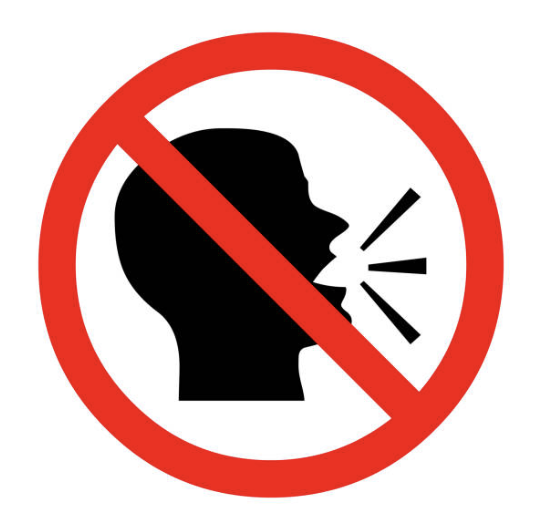Really chafing at mixing NT codebase with 9x codebase (especially when NT had versions).
The reason there isn’t a Windows 9 is because there was a common test for windows versions that went something like this:
std::string winVer = getWinVerStr(); if (winVer.find(“Windows 9”) != -1) { // This is windows 95 or 98 }A good chunk of older programs would likely have issues.
This is a myth. The Win32 API doesn’t even have a method that returns the string “Windows 95”! Windows version numbers are numbers, not strings. Windows 95 was actually 4.0. Windows 98 was 4.1, ME was 4.5, and XP was 5.0.
Actually it’s not entirely a myth - there was some Java library that did this - but it wasn’t widespread at all, and certainly not the documented approach to check the version.
Close but not exactly. Windows 5 was 2000, Windows 5.1 was Windows XP.
But it’s more confusing than that because of the two different lines: the MS-DOS based line which covered Windows 1.0 through ME, and the multi-user NT line for workstations and servers which adopted the same version numbers as the currently released MS-DOS line that was available at the same time. I.E. windows NT 3.1 used the windows 3.1 UI from the DOS line, but was New-Technology instead of DOS under the hood. NT4 used the DOS based win95 UI, and NT5 was Windows 2000 also with the familiar Windows 9x UI. Everything since XP has been exclusively NT under the hood.
Thanks for the correction :)
WMI was introduced in XP (I think? Was it later?) and asking WMI for the version string was pretty common.
NT 3.1 came out before 95, and isn’t a single version (Windows 11 is still Windows NT). If you include NT as a version, you can’t include 2000, XP, or anything after.
In Windows NT math, 6.3 = 8.1
Was dude even at the company after Vista?
Yeah the whole meme is funny but stupid and wrong. It’s like blaming Steve Jobs for the Vision Pro.
Nope. Bill left MS in 2008 and Windows 7 came out in 2009.
Also the joke left out Windows 10x, AKA 11.
And for some reason, it includes NT and Win2k, but leaves out all the other Server versions (2003 through 23H2).
NT (3.x & 4.0) and 2000 were also available as Workstation editions. They were concurrent with Windows 3.x, 95, 98 and ME (which did get missed on the above)
For anyone really curious about this, 1, 2, 3, 95 and 98 are using the old MS-DOS Kernel. Windows 3 was the first product also released with an alternative new NT Kernel and available as Windows 3 NT.
So then when they continued with this NT Kernel they continued to count the version number like that (at least retrospectively when creating Windows 7).
I thought 1 came after 360.
This thing goes to ELEVEN now.
That’s how old this meme is.
The ancient texts are resurfaced.
But why not just make Windows 10 better? ;P
Yeah I’m over here on Windows 13.
I’m on Windows 2000 which is 1987 versions ahead of Windows 13.
Theres the problem. Everytime hes tried to go sequential, he fucks it up
RE: Re: FWD: RE:
Hi, my name is Gabe Newell and I’ll teach you how to count to ten:

1, 2
2 Episode 1, 2 Episode 2, Alyx
0, 360, One, X, S…
People say valve can’t count to 3 but Microsoft is guessing what number comes after 0
deleted by creator

Same energy
We don’t talk about Windows ME.
Its always ME ME ME with you lot!
You make me WinCE
It was the true mistake edition.
I wonder if they will call the next versions 12 and especially 13. Alternative names:
- Windows AI (because all those new features are so transformative)
- Windows Azure Blue, Red and Yellow (Home and Pro, neither allowing local accounts, also Enterprise where non-hybrid AD still kinda works)
- Windows Edge 20XX (everything has to use cloud computing terms!)
- Windows. Just Windows. (four years later: Windows 2 announced!)
How about Windows NoPrivacyOnlyAdsForYou Edition? Kinda rolls nicely off the tongue.
i mean that applies to every windows version ever so :P
I distinctly remember this joke when 2000 or ME was the most recent one.


















